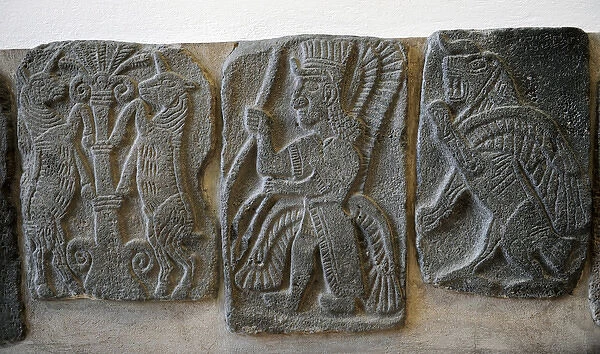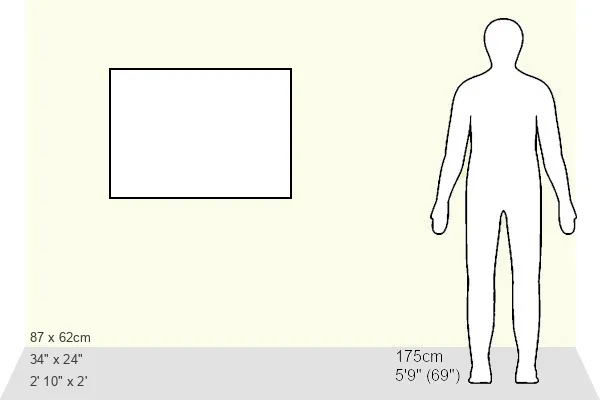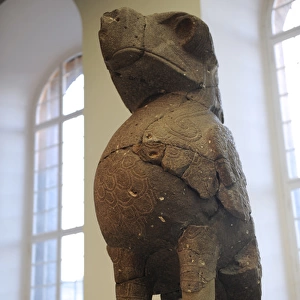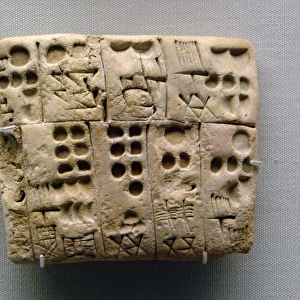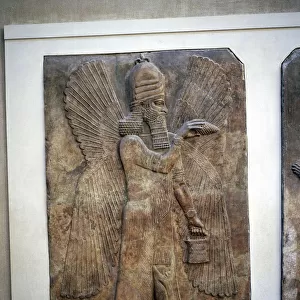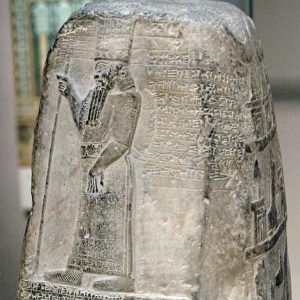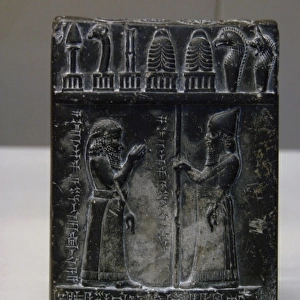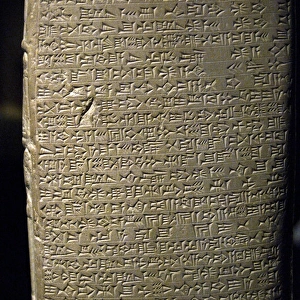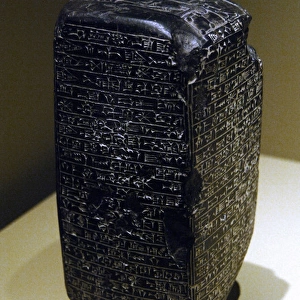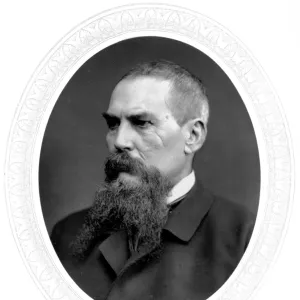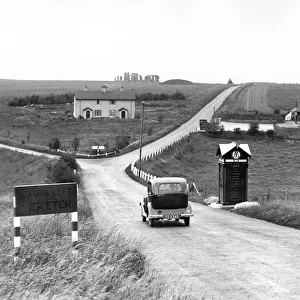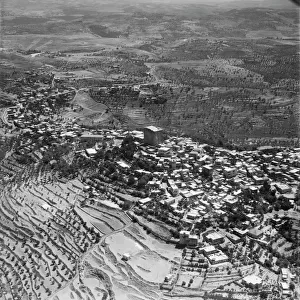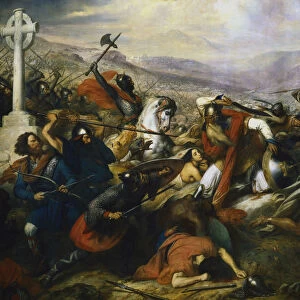Framed Print > Arts > Artists > N > Neolithic Neolithic
Framed Print : Halaf culture. (ca 6000-5300 BC). Syria. Orthostat. Winged g
![]()

Framed Photos from Mary Evans Picture Library
Halaf culture. (ca 6000-5300 BC). Syria. Orthostat. Winged g
Mesopotamia. Halaf culture. (ca 6000-5300 BC). Neolithic. Syria. Colossal statue of bird. Temple-Sanctuary of Tell Hall. Basalt. 9th century BC. Pergamon Museum. Museum Island. Berlin. Germany
Mary Evans Picture Library makes available wonderful images created for people to enjoy over the centuries
Media ID 14332146
© Thaliastock / Mary Evans
Archaeological Berlin Colossal Halaf Mesopotamia Mesopotamian Near Neolithic Pergamon Prehistoric Sanctuary Syria Tell Protohistory
A1 Premium Frame with A2 Poster
Step back in time with our captivating Framed Prints from the Media Storehouse collection. This mesmerizing piece showcases the rich history of the Halaf culture, dating back to around 6000-5300 BC in Syria. Discover the intricacies of this ancient civilization through the depiction of an orthostat, featuring a winged glyph, expertly captured from Mary Evans Prints Online. This print also includes a stunning colossal statue of a bird from the 9th century BC, discovered at the Temple-Sanctuary of Tell Hall in Syria. Now housed at the renowned Pergamon Museum on Museum Island in Berlin, Germany, this historical artifact is brought to life in our high-quality Framed Print, perfect for adding depth and character to any room in your home or office.
Premium Paradise Wooden Range A1 Premium Poster Frame (86x62cm) with A2 Poster (59x42cm) and mounted behind a white matt board to make your photo really stand out. FSC Certified and Rainforest Alliance Certified for environmental, social, and economic sustainably. High transparency tempered glass window with a smooth finished frame. Great for filling empty walls, decorating blank spaces, or creating eye-catching gallery walls. Frames arrive ready to hang. Sent with secure, protective packaging. Smooth wooden veneer mimics the real wood look and feel with ultra-durable scratch resistance tempered glass.
Contemporary Framed and Mounted Prints - Professionally Made and Ready to Hang
Estimated Image Size (if not cropped) is 57.8cm x 57.8cm (22.8" x 22.8")
Estimated Product Size is 86.6cm x 62cm (34.1" x 24.4")
These are individually made so all sizes are approximate
Artwork printed orientated as per the preview above, with landscape (horizontal) or portrait (vertical) orientation to match the source image.
FEATURES IN THESE COLLECTIONS
> Arts
> Artists
> N
> Neolithic Neolithic
> Arts
> Artists
> S
> Syrian Syrian
> Asia
> East Timor
> Related Images
> Asia
> Syria
> Related Images
> Europe
> Germany
> Related Images
> Europe
> Germany
> Sculptures
EDITORS COMMENTS
This orthostat, a large rectangular stone slab used for the construction of walls in ancient architecture, showcases the artistic prowess of the Halaf culture, which flourished in Syria and parts of Mesopotamia around 6000-5300 BC. During this Neolithic period, the Halaf people developed a distinctive art style characterized by intricate geometric designs and animal motifs. The image etched onto this orthostat depicts a winged g, a deity or symbol of the Halaf culture, in the form of a bird. The bird's outstretched wings and detailed feathers suggest a sense of movement and power. This colossal statue, now housed in the Pergamon Museum on Museum Island in Berlin, Germany, provides a glimpse into the religious beliefs and artistic sensibilities of the ancient civilization. The Temple-Sanctuary of Tell Hall, where this orthostat was originally discovered, is an archaeological site of great significance. The site, located in northern Syria, has yielded numerous artifacts and structures that shed light on the daily life and cultural practices of the Halaf people. The intricacy and craftsmanship displayed in this ancient artwork serve as a testament to the artistic achievements of the Halaf culture during the prehistoric and proto-historic periods. The passage of time has not diminished the awe-inspiring impact of this colossal bird statue, which continues to captivate and intrigue scholars and visitors alike.
MADE IN AUSTRALIA
Safe Shipping with 30 Day Money Back Guarantee
FREE PERSONALISATION*
We are proud to offer a range of customisation features including Personalised Captions, Color Filters and Picture Zoom Tools
SECURE PAYMENTS
We happily accept a wide range of payment options so you can pay for the things you need in the way that is most convenient for you
* Options may vary by product and licensing agreement. Zoomed Pictures can be adjusted in the Cart.


